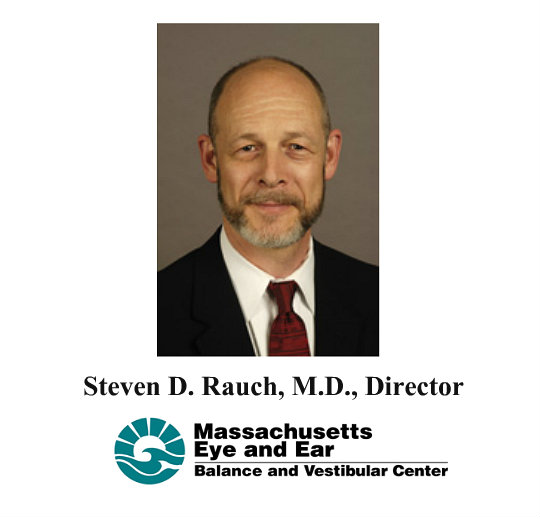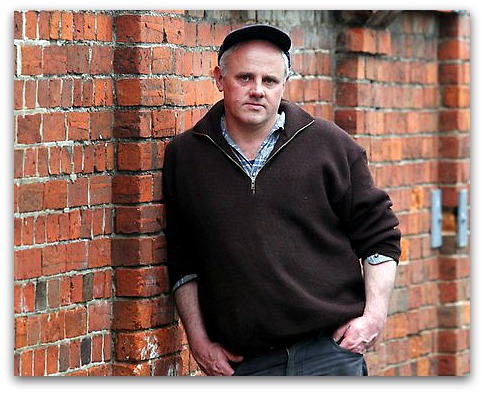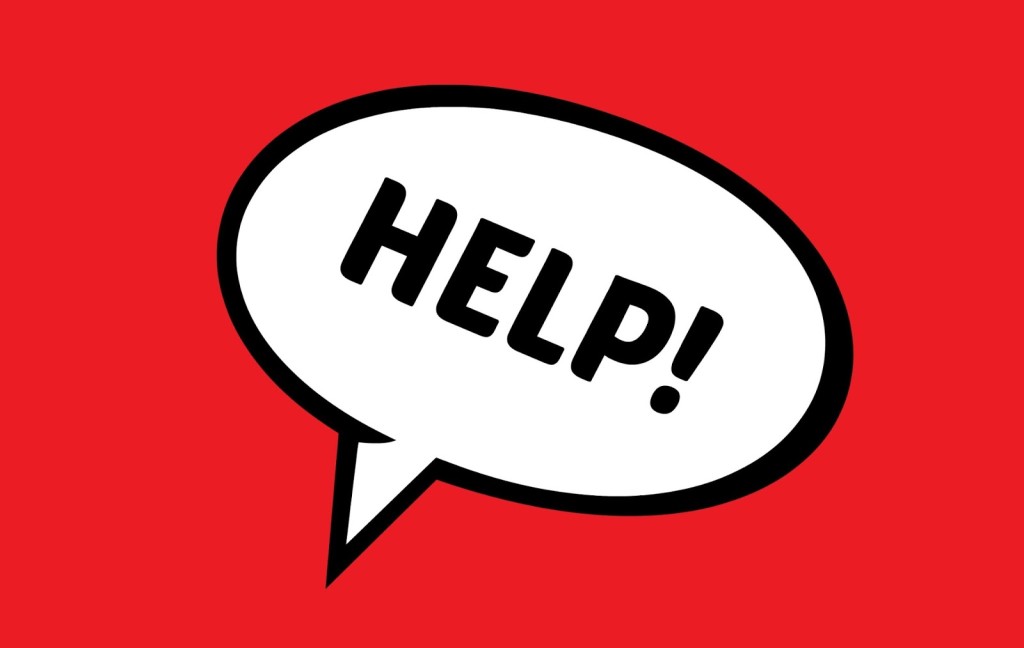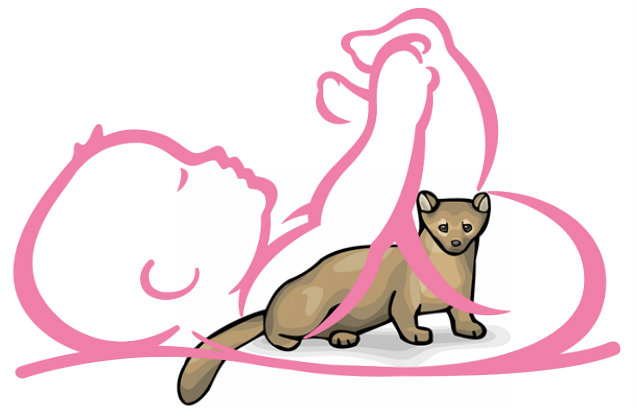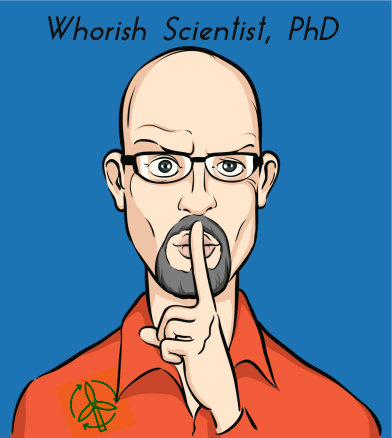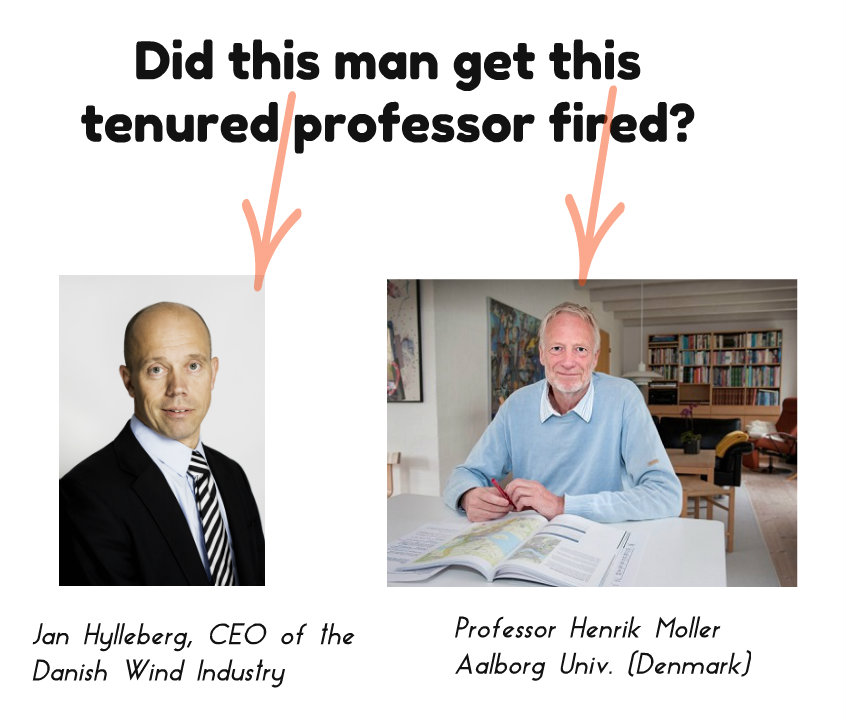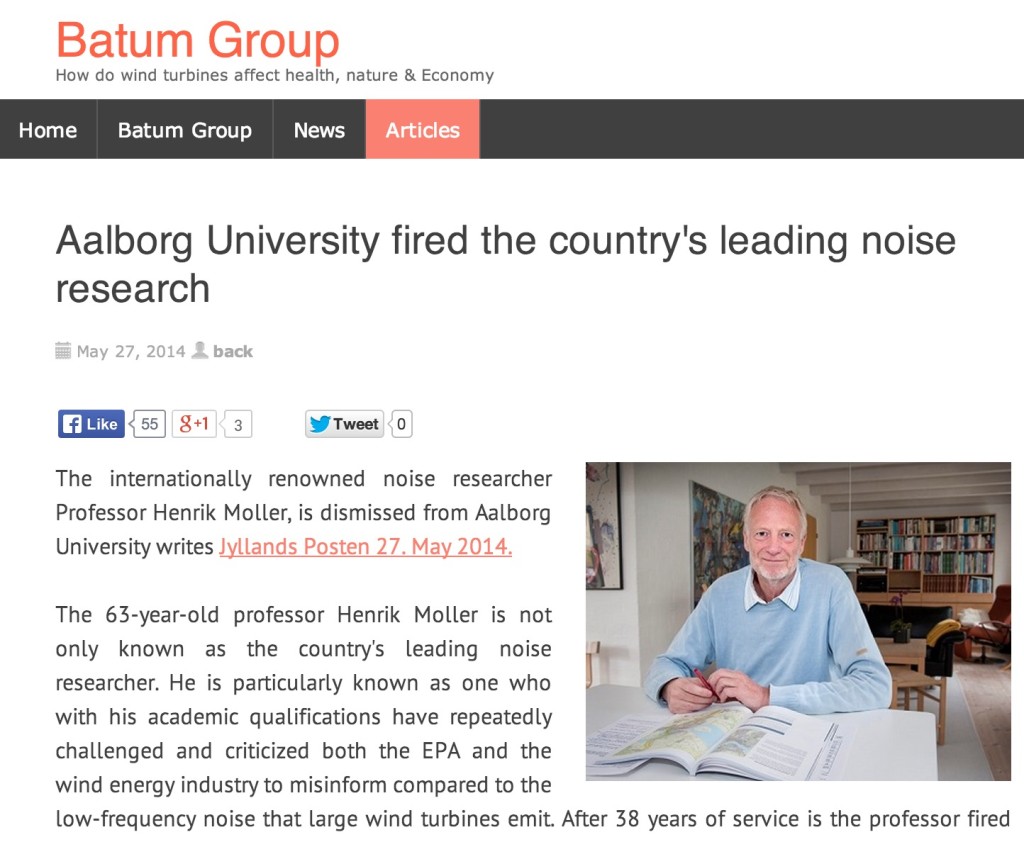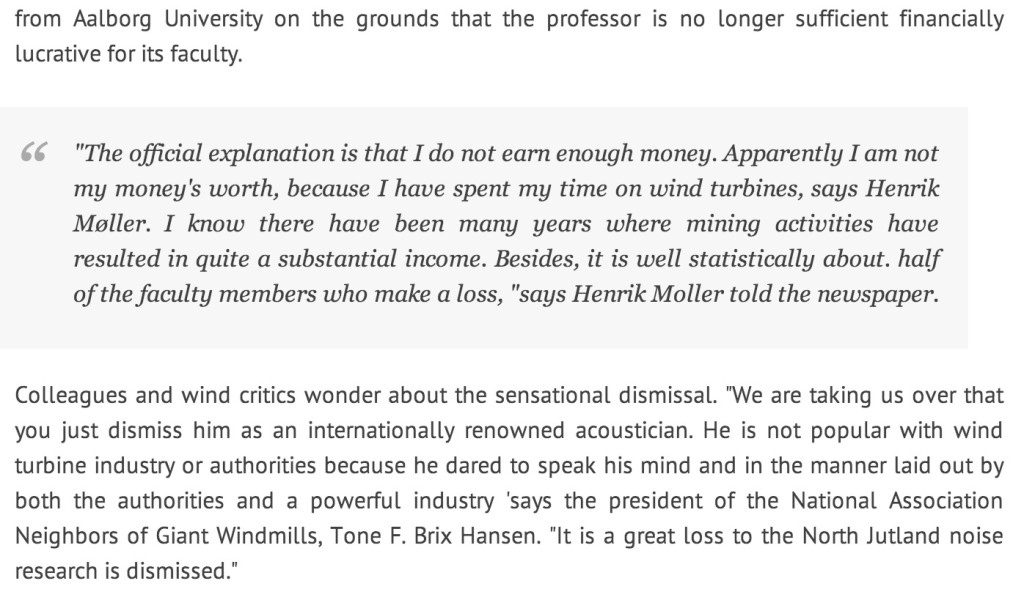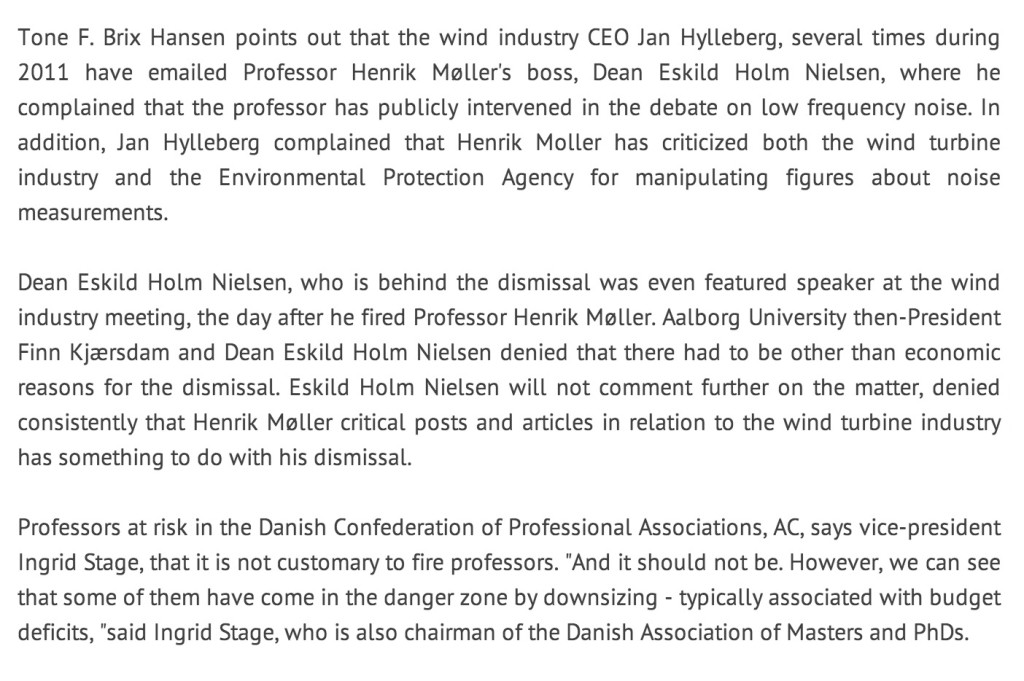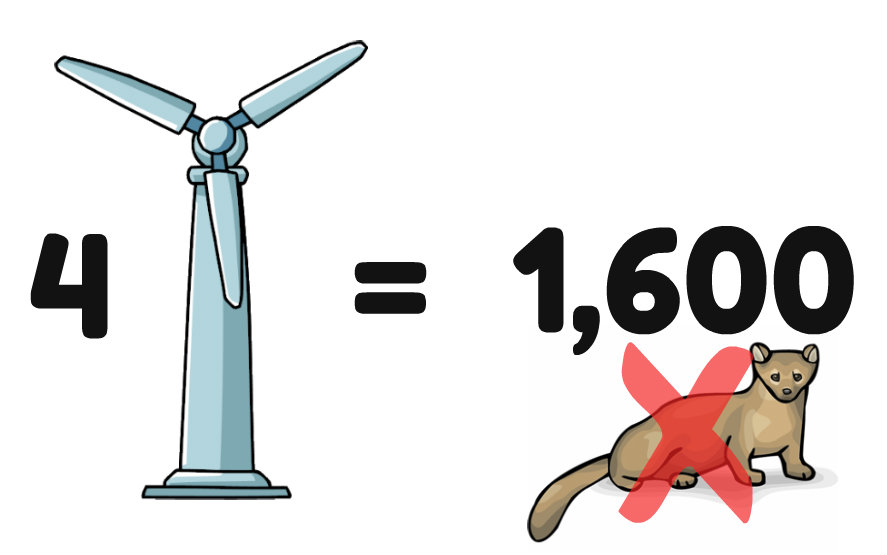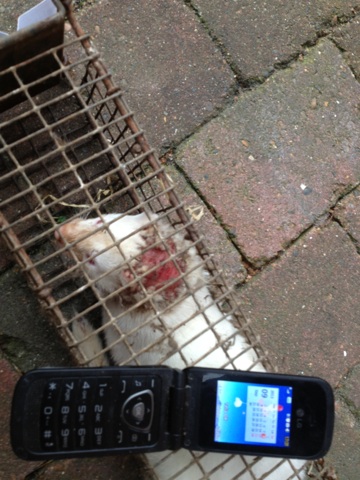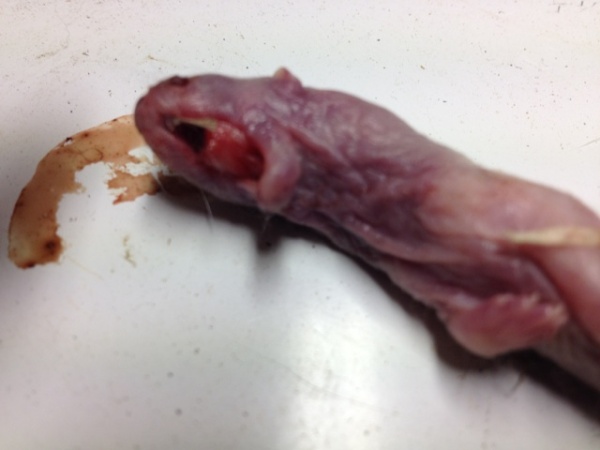Got Wind Turbine Syndrome? This Harvard Medical School Professor believes you!
Dr. Steven Rauch, an otologist at the Massachusetts Eye and Ear Infirmary and a professor at Harvard Medical School, believes WTS is real. Patients who have come to him to discuss WTS suffer from a “very consistent” collection of symptoms, he says. Rauch compares WTS to migraines, adding that people who suffer from migraines are among the most susceptible to turbines. There’s no existing test for either condition but “Nobody questions whether or not migraine is real.”
“The patients deserve the benefit of the doubt,” Rauch says. “It’s clear from the documents that come out of the industry that they’re trying very hard to suppress the notion of WTS and they’ve done it in a way that [involves] a lot of blaming the victim.”
When the Medical Director of Harvard’s Clinical Balance & Vestibular Center says the above, and says this, the question becomes: “Why are we still discussing the veracity of Wind Turbine Syndrome in these pages, and in the media, and with wind developers, and with wind turbine manufacturers, and with politicians — with anyone, for that matter?”
Why are we even considering ludicrous theories like the “nocebo effect” advanced by Australian sociologist Simon Chapman, whose scholarly speciality is “tobacco industry advertising”? (I’m serious.) Why are we listening to British physicist Geoff Leventhall (whose physics Dr. Pierpont has had to correct on at least one occasion), who for years has been a paid consultant to wind energy companies and has absolutely no clinical credentials, who for years maintained that wind turbines produce negligible infrasound, and for years argued that “if you can’t hear something audibly, it can’t affect you negatively” — why are we still paying attention to this irrelevant man?
Who gives a goddam whether Geoff Leventhall or Simon Chapman think Wind Turbine Syndrome is real or not? (Am I missing something in this discussion?)
In addition to Dr. Rauch, there is Dr. Alec Salt, worldclass neuro-physiologist at the Washington University School of Medicine in St. Louis, Missouri, where he is head of the Cochlear Fluids Research Laboratory. Dr. Salt specializes in inner ear disorders. He’s been doing this for decades, publishing in major clinical journals. Dr. Salt is the one who demolished Leventhall’s silly thesis that “if you can’t hear it, it can’t hurt you.” (Leventhall was not the originator of that stupid idea; he’s just parroted it for decades and, like a wind-up toy, refuses to stop.)
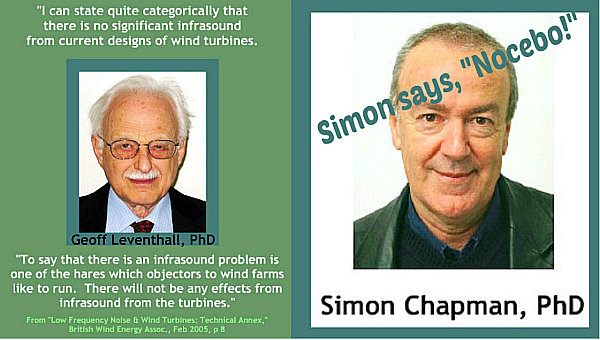
Between Harvard’s Dr. Rauch and Washington University’s Dr. Salt, and Dr. Pierpont’s meticulous, peer-reviewed research (M.D. from the Johns Hopkins Univ. School of Medicine, Ph.D. from Princeton in Population Biology), there really need be no further discussion about the legitimacy of WTS. Yes, the neuropathology of WTS needs further elucidation, but there is absolutely no question whether the illness is real. Anyone who denies it is simply playing games — and the moon (don’t you know?) is made of Swiss cheese and the Easter Bunny, folks, is honest-to-god real.
Read on. The author of the following article, Alex Halperin, requested an interview with Dr. Pierpont before writing the article. She declined. (At this point, she prefers that specialists like Dr. Rauch speak to the issue.)
.
“Big Wind Is Better Than Big Oil, But Just as Bad at P.R.”
Shea’s husband did some research and learned about wind turbine syndrome (WTS), a condition said to be caused by “infrasound,” an inaudible low-frequency sound produced by the turbines. Sufferers complain about symptoms like insomnia, vertigo, headaches and disorientation. “It’s a hard to describe sensation, you just want to crawl out of your skin,” Shea says.
A few nights later, the couple could hear the turbines spinning—the closest is 2,200 feet away. It sounded, Shea says, like a jet repeatedly flying over their cabin. Neither of them could sleep and they drove through a snowstorm to another property they have several miles away. Shea felt better immediately. Similar symptoms have been reported worldwide by people who live near wind turbines. But America’s wind industry says their condition is psychological.
There’s a great deal to like about wind power. It’s a domestic, renewable power source that doesn’t produce greenhouse gasses. It doesn’t require digging anything out of the ground and, unlike nuclear energy, doesn’t create any risk of catastrophic accidents. According to the American Wind Energy Association (AWEA), more than 70 percent of the public view wind energy favorably. Following President Obama’s recent push to reduce greenhouse gas emissions, there’s every reason to believe that these giant pinwheels will become more familiar sights on the American landscape. (The towers alone are hundreds of feet high.)
Clean energy, however, is not the same thing as flawless energy. Producing power on a large scale involves processes and infrastructure which disrupt ecosystems and have other unintended consequences. Dams, for example, remain the most important source of renewable power in this country and environmentalists hate them.
Wind farms have raised objections for ruining views and being noisy. But the fight over WTS presents a more difficult challenge for the industry. And while wind power advocates like to think of it as a forward looking and pragmatic fix for America’s energy needs, when it comes to managing this mysterious phenomenon, they’re foolishly borrowing from the bad old energy playbook.
Earlier this year, two physiologists at Washington University in St. Louis published a paper in the journal Acoustics Today detailing several mechanisms by which infrasound from wind turbines could have detrimental effects. One, for example, is “excitation” of nerve fibers in the inner ear that are related to tinnitus and “aural fullness.” The article concludes that more study of infrasound is needed and pointedly states:
If, in time, the symptoms of those living near the turbines are demonstrated to have a physiological basis, it will become apparent that the years of assertions from the wind industry’s acousticians that “what you can’t hear can’t affect you”… was a great injustice.
Last year the same journal published an article by an England-based acoustician named Geoff Leventhall who argues that wind turbines don’t produce infrasound at sufficient levels to cause health problems. When I called Leventhall, whose clients have included wind power developers, he said he doesn’t believe WTS exists. Leventhall doesn’t dispute that infrasound can distress people. His disagreement with the Washington University scientists, grossly simplified, is in how the infrasound produced by wind turbines should be measured.
In written responses to questions, AWEA says that waves on the seashore, a child’s swing, a car and even a human heartbeat expose people to higher levels of infrasound than wind turbines do. AWEA relied heavily on Leventhall’s work and calls him “the most cited and referenced acoustician regarding wind energy in the world.” The organization cited two studies, one from Australia, one from New Zealand, which suggest that WTS results from a “nocebo” effect, essentially that if people are told wind turbines make them sick, they will feel sick around wind turbines. Leventhall endorses this view.
In an email, one AWEA manager wrote that “Independent, credible studies from around the world have consistently found that sound from wind farms has no direct impact on human physical health.” AWEA also cites a 2012 report prepared for two Massachusetts state agencies by an independent panel which found no evidence of the existence of WTS. (Activists who oppose situating turbines near homes have numerous objections to the report.)
Anyone who has ever played the NIMBY game knows the power of a scientific imprimatur. But the two sides are wielding their science to achieve asymmetrical goals. In the Washington University paper, Alec Salt and Jeffrey Lichtenhan write:
Whether it is a chemical industry blamed for contaminating groundwater with cancer-causing dioxin, the tobacco industry accused of contributing to lung cancer, or athletes of the National Football League (NFL) putatively being susceptible to brain damage, it can be extremely difficult to establish the truth when some have an agenda to protect the status quo.
In these cases, industry’s primary goal isn’t to be right on the merits, though that would be nice, but to continue operating. As long as it’s planting turbines, the wind industry is winning. But as long as it’s simply dismissing WTS, the industry is putting itself at risk of losing its sympathetic, clean image.
Dr. Steven Rauch, an otologist at the Massachusetts Eye and Ear Infirmary and a professor at Harvard Medical School, believes WTS is real. Patients who have come to him to discuss WTS suffer from a “very consistent” collection of symptoms, he says. Rauch compares WTS to migraines, adding that people who suffer from migraines are among the most susceptible to turbines. There’s no existing test for either condition but “Nobody questions whether or not migraine is real.”
“The patients deserve the benefit of the doubt,” Rauch says. “It’s clear from the documents that come out of the industry that they’re trying very hard to suppress the notion of WTS and they’ve done it in a way that [involves] a lot of blaming the victim.”
In fact, the inconstant nature of symptoms can compound WTS. Even when someone doesn’t feel the effects, they’re always conscious of wind speed and direction as they try to sense when their symptoms might return. (Turbines produce infrasound independently of audible noise.)
Massachusetts governor Deval Patrick aims to increase the state’s wind energy capacity to 2000 megawatts by 2020, a total equal to roughly 15 percent of the state’s current electricity production. In a densely populated state that means more people are inevitably going to feel affected by WTS, even if it doesn’t exist.
As wind power has become more prominent, so have complaints. Scores of residents of Herkimer County, N.Y. are suing the Spanish wind power company Iberdrola over a wind farm. A judge has ordered that two wind turbines in Falmouth, Mass. can only be operated 12 hours a day and not on Sundays.
The wind industry might take a lesson from Nancy Shea: People are generally reasonable, maybe more reasonable than they should be. Shea refuses to spend any more nights in the house she and her husband bought. She calls it a “dead asset.” Nonetheless, she still considers herself pro-wind.
In the annals of corporate public relations debacles, WTS is a relatively minor one, at least for now. It would be self-defeating if the industry squanders this promising moment by failing to candidly address WTS concerns. Not doing so invites further attacks from Fox News and National Review and other conservative groups looking for an excuse to bash clean energy.
The best advice might come from the Salt and Lichtenhan article. Big Wind, it argues, should “acknowledge the problem and work to eliminate it.”



